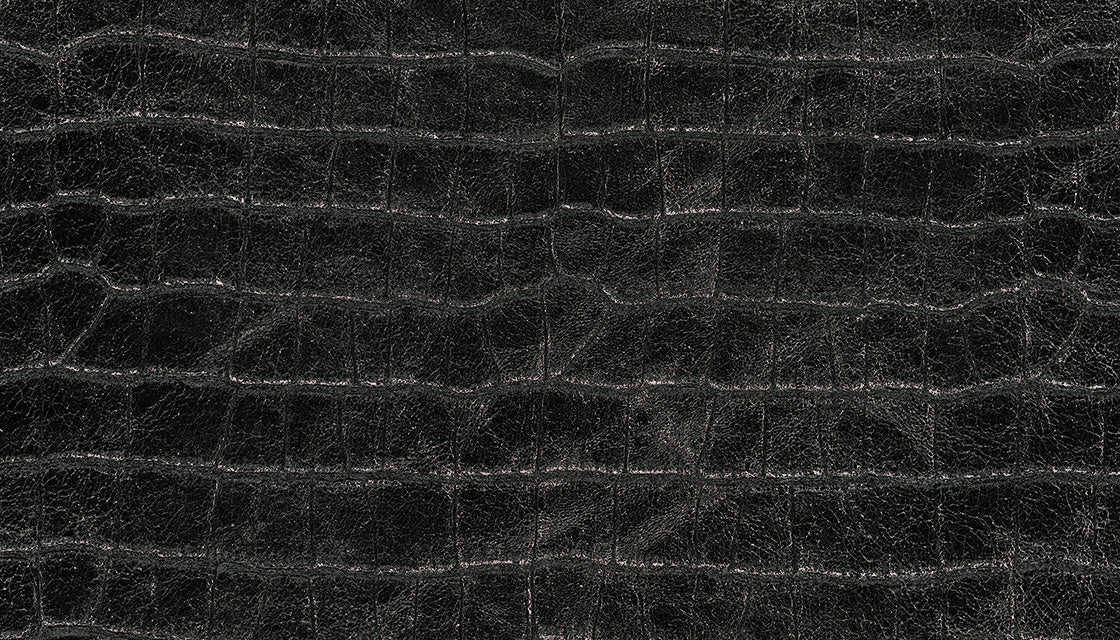

The leathers
Animal hides and skins are the raw materials from which the Jérôme Dreyfuss leather goods are made. The skins are sensitive, living materials which change over time.
Each skin has its own unique texture and grain, which appeals to all five senses, especially touch and smell. The value placed by Jérôme Dreyfuss on natural and organic materials epitomises its relationship with creation and the world at large.
All the skins are tanned using intricate, traditional methods yielding soft, supple and delicate pieces.
Lambskin
Noir Bubble Lambskin

Texture
Maintenance
Noir Lisse Lambskin

Texture
Maintenance
Khaki Bubble Lambskin

Texture
Maintenance
Cognac Bubble Lambskin
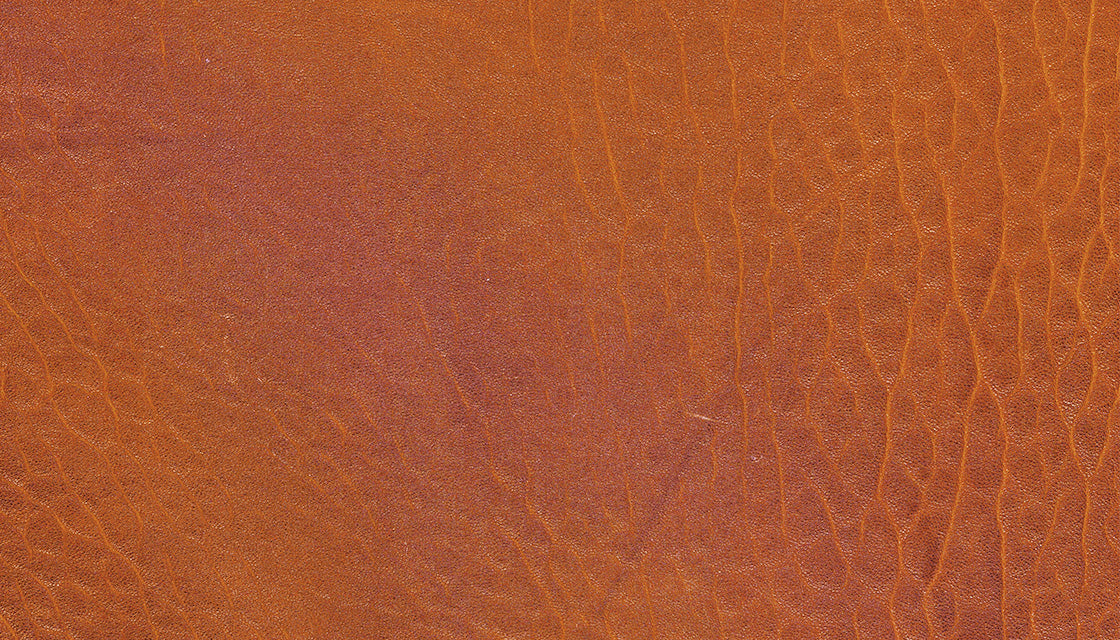
Texture
Maintenance
Camel Lisse Lambskin

Texture
Maintenance
Jacinthe Lisse Lambskin
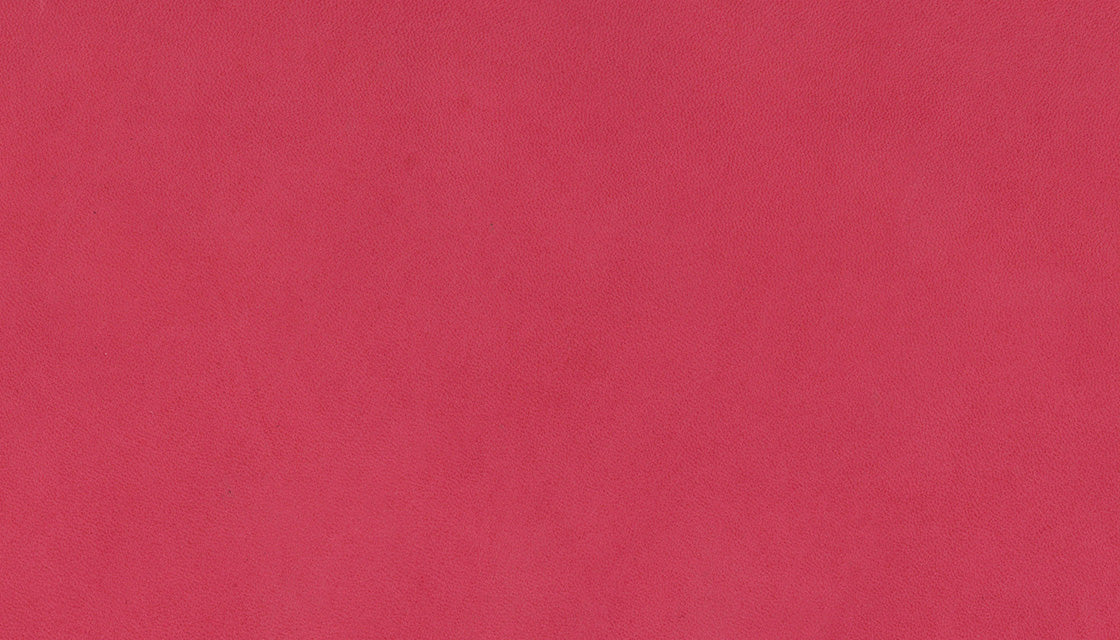
Texture
Maintenance
Goatskin
Ecru Grainé Goatskin

Texture
Maintenance
Noir Grainé Goatskin

Texture
Maintenance
Lamé Champagne Goatskin

Texture
Maintenance
Bordeaux Goat

Texture
Maintenance
Hazelnut Goat

Texture
Maintenance
Goat Spruce

Texture
Maintenance
Goatskin Silver Rivets

Texture
Maintenance
Noir Brillante Goatskin

Texture
Maintenance
Brule Goat

Texture
Maintenance
Kaki Goat

Texture
Maintenance
Turquoise Goat Leather

Texture
Maintenance
Suede
Split Suede imprimé Léopard Naturel

Texture
Maintenance
Split Suede Caramel

Texture
Maintenance
Split Suede Noir

Texture
Maintenance
Orchid Suede Split Leather

Texture
Maintenance
Suede split leather Sunrise

Texture
Maintenance
Suede split leather Sunset

Texture
Maintenance
Suede split leather Black Studs

Texture
Maintenance
Jean's Suede Split Leather

Texture
Maintenance
Tandem Suede Crust

Texture
Maintenance
Wild cat suede crust

Texture
Maintenance
Washed jeans suede crust

Texture
Maintenance
Taurillon
Opium Croco-embossed Calfskin

Texture
Maintenance
Calfskin Croco Mustard

Texture
Maintenance
Calfskin Croco Mocha

Texture
Maintenance
Calfskin
Noir Calfskin
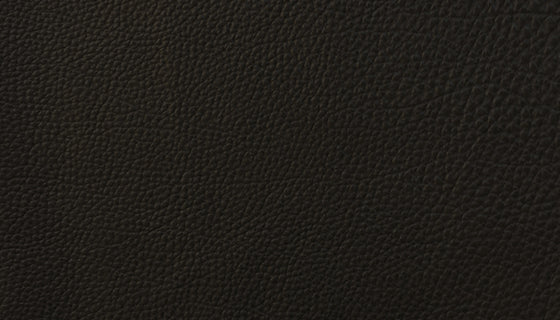
Texture
Maintenance
Cowskin
Cowskin Croco Noir

Texture
Maintenance
Noir Cowskin
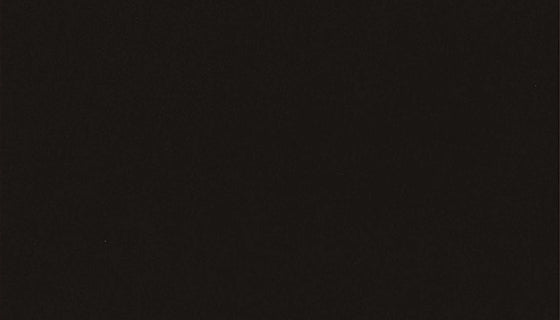
Texture
Maintenance
Chêne Cowskin

Texture
Maintenance
Python
Black Python

Texture
Maintenance
Python Sequoia

Texture
Maintenance
Buffalo
Noir Buffalo

Texture
Maintenance
Moka Buffalo
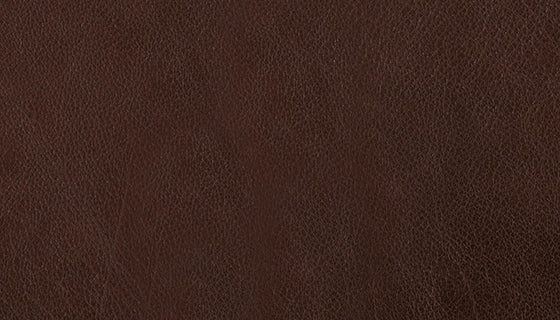
Texture
Maintenance
Sheep
Shearling-Crocodile-Grunge
